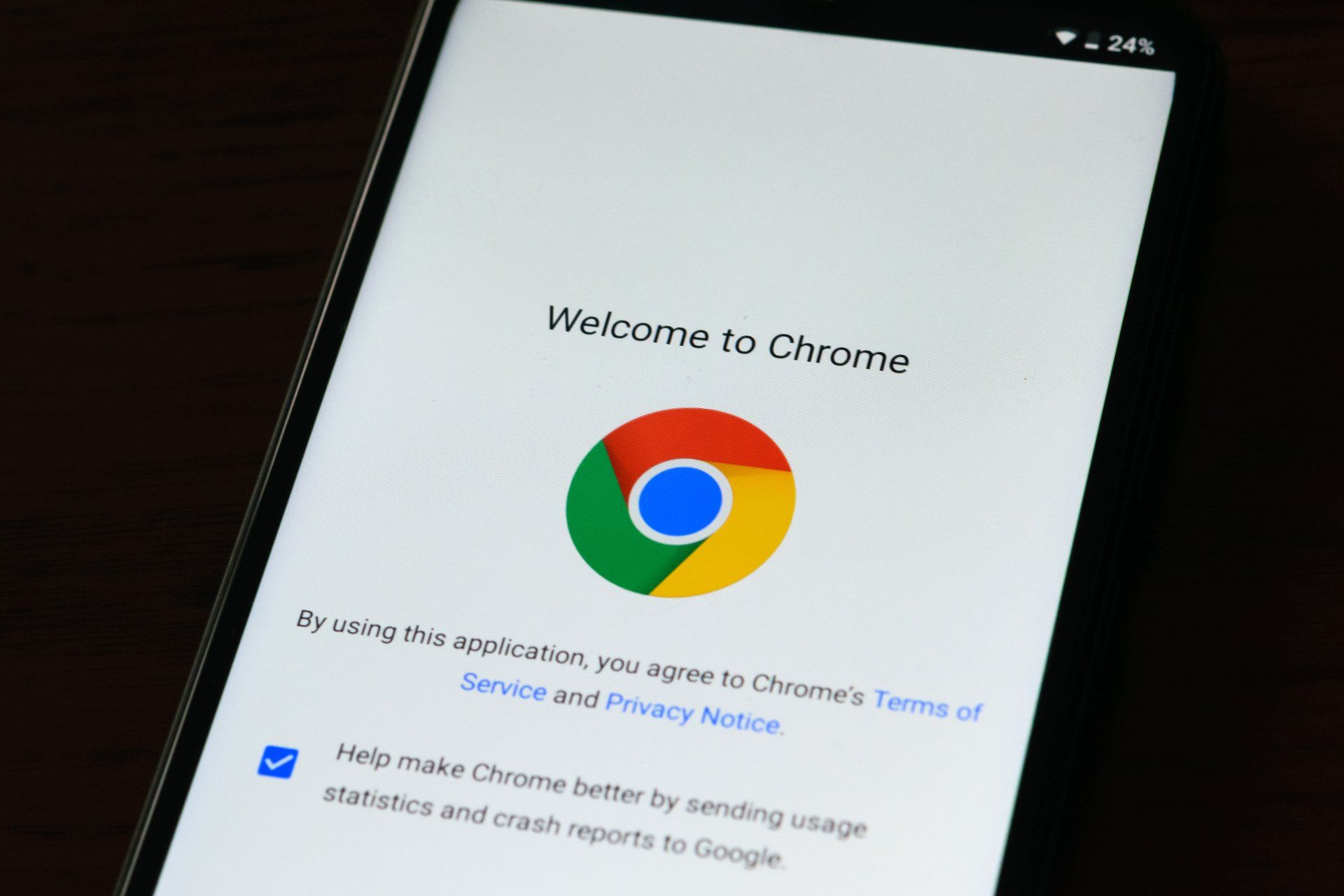How to Remove Your Personal Info From Google's Search Results
Maybe you don't want your phone number, email, home address and other details out there for the web to see. Here's how to make them vanish.

LAST YEAR, GOOGLE expanded the ways you can submit removal requests for search results containing personal info. Before this change, people had to meet a very high bar to get results with sensitive data wiped. Finding personal details in a Google search, like a home address or phone number, can be quite frightening, but you can take action to protect your privacy.
In addition to the removal of personal information, Google is considering removal requests for images of minors, as well as deepfake pornography and other explicit content. Although getting results scrubbed from Google Search won’t remove web pages from the internet, it will divert one of the biggest drivers of traffic.
There’s no guarantee that unwanted search results will disappear completely, however. As a result of your request, the web page could be removed from all searches on Google, only searches involving your name, or none of the above. For more information about disappearing digitally and services like DeleteMe, check out WIRED’s tips on deleting yourself from the internet.
At the time of the announcement, Michelle Chang, Google’s global policy lead for search, wrote “Open access to information is a key goal of Search, but so is empowering people with the tools they need to protect themselves and keep their sensitive, personally identifiable information private.” The new procedures can protect against malicious doxxing, as well as information leaks that are only implicit threats.
To begin the removal process, visit the topic’s support page, scroll halfway down, and click the blue Start Removal request button. You will initially be asked whether you have reached out to the owners of the website. It is not necessary to do this, so you can just tap No, I prefer not to. When Google asks what you would like removed, select: Personal info, like ID numbers and private documents.
Then you can specify what type of personal information is showing up in Google Search, such as your contact details or driver’s license. These steps are only for removing results from live websites; there’s a separate form to fill out for cached pages. Check the box indicating that the content is live. The next question asks whether the request pertains to doxxing, which Google defines as “contact information being shared with malicious, threatening, or harassing intent.”
After that, Google requests your full name, country of residence, and email. You are only permitted to submit takedown requests for results pertaining to yourself or someone you officially represent.
You can submit up to 1,000 links at once. Google asks for the URL of the offending content or image, and the company wants you to share the search results where it shows up. For more directions on gathering these links, check out Google’s guide to finding content URLs, image URLs, and search results page URLs.
Attach a screenshot to your request showing where on the web page your personal info is appearing. Near the end of the form, you will be asked to share a list of relevant search terms, such as your full name, nickname, and maiden name. You are given the opportunity to share supplemental details before signing and submitting the removal request.
You should get a confirmation email from Google indicating that the removal request was received. It’s not clear how long it will take to review your case, but Google will let you know when it has decided to take action—or do nothing at all. The company promises to include brief explanations with any rejections and allows repeat submissions.
SOURCE: Wired.com














